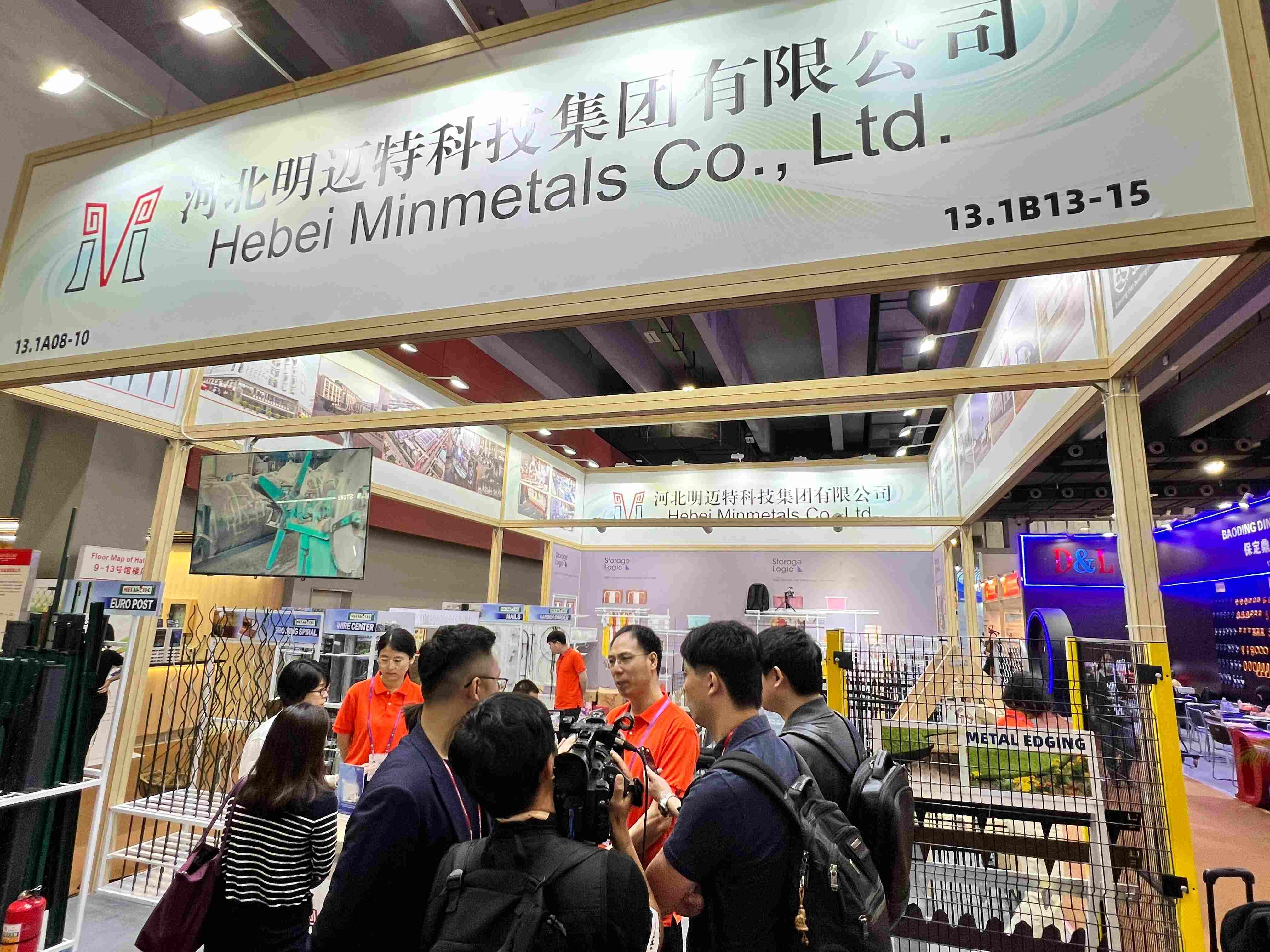

threaded fasteners
Dec . 12, 2024 21:48 Back to list
threaded fasteners
The Importance of Threaded Fasteners in Modern Engineering
Threaded fasteners are ubiquitous in the world of engineering and construction. They serve as a fundamental component in assembling various structures, machines, and systems. Unlike other fastening methods, such as welding or adhesives, threaded fasteners offer unique advantages that include ease of assembly and disassembly, versatility in application, and high strength-to-weight ratios. This article delves into the significance of threaded fasteners, the different types available, and their applications across various industries.
Threaded fasteners encompass a range of devices that utilize helical grooves, or threads, to create a secure connection between two or more parts. The most common types include bolts, screws, nuts, and washers. Each of these components plays a crucial role in ensuring that structures are both stable and secure. The simplicity of design is one of the standout features of threaded fasteners; they can be manufactured efficiently in various sizes, materials, and coatings to suit different operational environments.
Bolts and screws are perhaps the most recognizable forms of threaded fasteners. Bolts typically require a nut for securing parts together, while screws can be driven directly into materials. The choice between using a bolt or screw generally depends on the nature of the materials being joined and the nature of the load being applied. For example, in applications that require a strong clamping force or are subjected to shear forces, bolts are often preferred. In contrast, screws are widely used for lighter assemblies and in situations where fastening components into pre-drilled holes is necessary.
threaded fasteners

The material of threaded fasteners is another critical consideration. Common materials include steel, stainless steel, aluminum, plastic, and various alloys. Each material offers distinct mechanical properties, such as tensile strength, resistance to corrosion, and weight considerations. For instance, stainless steel fasteners are often chosen for their corrosion resistance in marine and chemical environments, whereas lightweight aluminum fasteners may be preferred in aerospace applications where weight is a crucial factor.
In addition to bolting and screwing, threaded fasteners can be used in conjunction with various locking mechanisms to enhance the reliability of the connection. Lock washers, adhesive-locking compounds, and nylon inserts in nuts are just a few examples of methods employed to prevent loosening due to vibration or thermal expansion. This is particularly important in industries such as automotive and aerospace, where the integrity of fastened joints can significantly impact the safety and performance of the final product.
The versatility of threaded fasteners extends across numerous industries, including construction, automotive, and electronics. In construction, they are vital for securing structural elements, such as beams and columns, ensuring the safety and durability of buildings and infrastructure. In the automotive sector, threaded fasteners can be found throughout vehicles, holding together components ranging from engines to body panels, demonstrating their role in both performance and safety. In electronics, miniature threaded fasteners secure delicate components, contributing to the reliability and functionality of devices.
In conclusion, threaded fasteners are indispensable in modern engineering, providing essential connections that support the functionality and stability of numerous applications. Their design simplicity, availability in various materials and sizes, and adaptability to different environments underscore their importance. As technology continues to evolve, the role of threaded fasteners will only grow more critical, ensuring that our engineered solutions remain reliable and efficient. Whether in a towering skyscraper or a compact electronic device, threaded fasteners are the unsung heroes that keep our world together.
Latest news
-
High-Strength Hot-Dip Galvanized Bolts-Hebei Longze|Corrosion Resistance&High Strength
NewsJul.30,2025
-
Hot Dip Galvanized Bolts-Hebei Longze|Corrosion Resistance&High Strength
NewsJul.30,2025
-
Hot Dip Galvanized Bolts - Hebei Longze | Corrosion Resistance, High Strength
NewsJul.30,2025
-
High-Strength Hot Dip Galvanized Bolts-Hebei Longze|Corrosion Resistance, Grade 8.8
NewsJul.30,2025
-
Hot Dip Galvanized Bolts-Hebei Longze|Corrosion Resistance,High Strength
NewsJul.29,2025
-
High-Strength Hot Dip Galvanized Bolts - Hebei Longze Metal Products Manufacturing Co., Ltd.|corrosion resistance&high strength
NewsJul.29,2025

